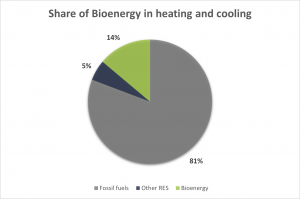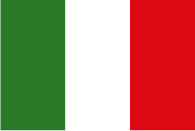Country Profile: Italy
Italy
Population: 59,991,186
Area: 301,340 km2
Country profile
Italy is a European country with a very high level of human development, its economy is the third largest in the EU.
Geographically, Italy lies in the temperate zone. Because of the considerable length of the peninsula, there is a variation between the climate of the north, attached to the European continent, and that of the south, surrounded by the Mediterranean. The Alps are a partial barrier against westerly and northerly winds, while both the Apennines and the great plain of northern Italy produce special climatic variations. Sardinia is subject to Atlantic winds and Sicily to African winds. Forest cover in Italy make up to 30% of the total country area.
% of the H&C sector in the final energy consumption: 48,5%
% of renewables in the H&C sector: 19,2%
% of bioheat within renewables in the H&C sector: 72.1%
Biomass for heating in Italy

Italy has a share of renewable energy of 18%. Italy has established as coal phase out date 2025.
In the heating & cooling sector, renewable represent only 19.2% of the energy consumed. Bioenergy is the main source to date.
Italy has a pioneer manufacturing industry for domestic bioenergy. Its overall existing heating stock (including all technologies) is more updated than the average, although more than 40% of the installed capacity is dated before 2002.
Italy has no carbon price and persisting incentives for gas boilers. This decision determines one of the highest stock of gas boilers in the EU.
Italy presented its National Air Pollution Control Programme with an emission reduction target of 40% for PM2,5 by 2030 assigned by the NEC Directive.
Relevant documents
- Integrated National Energy and Climate Plan for Italy (EN)
- Draft National Air Pollution Control Programme (EN)
National initiatives
To see all initiatives carried by our partners in this country, go back to our map of initiatives and select the country for which you would like to get more information.

